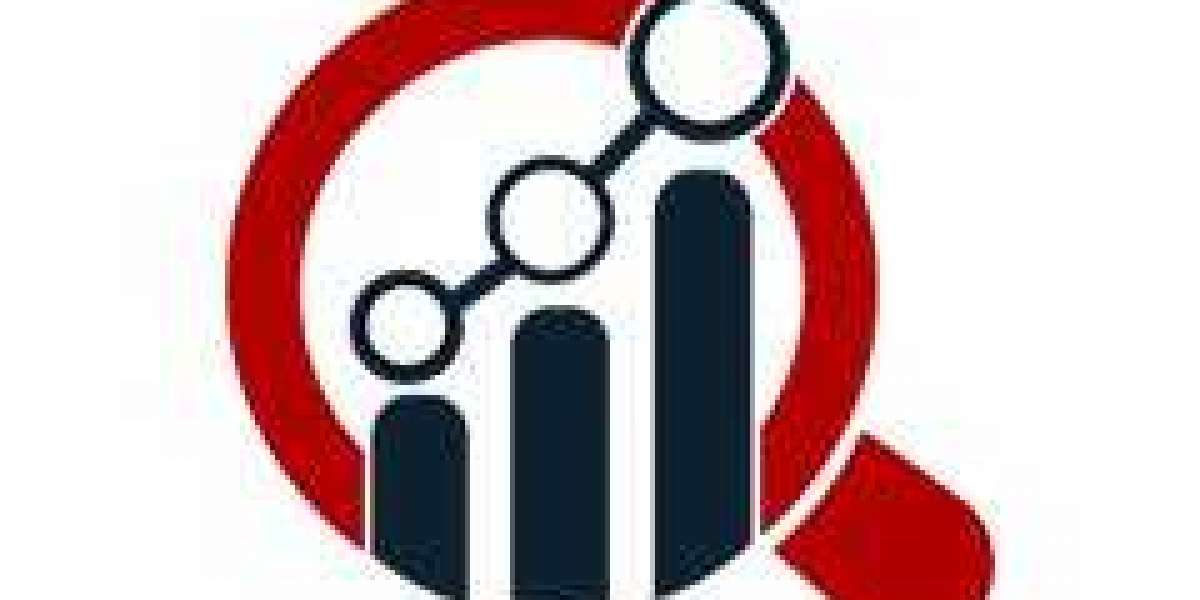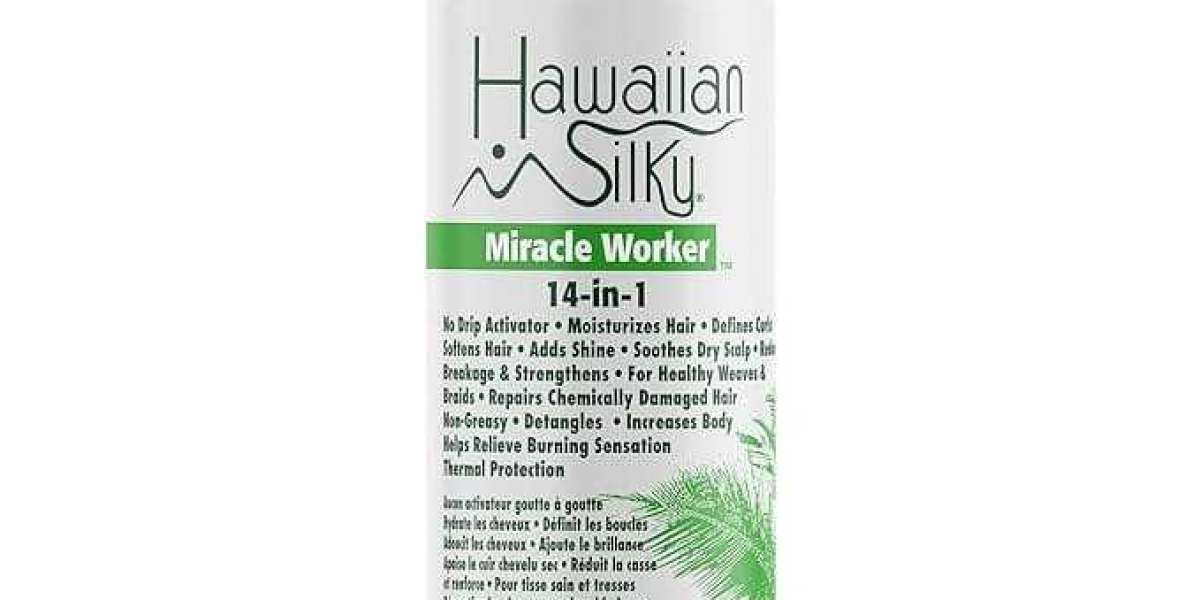India's dental insurance market is experiencing a significant surge, fueled by increasing oral health awareness, the escalating costs of dental treatments, and a growing recognition of the link between oral hygiene and overall well-being. While still in its nascent stages compared to Western nations, the sector is poised for substantial growth, though challenges related to affordability and limited standalone options persist.
Market on the Rise: Key Drivers
The Indian dental insurance market, valued at approximately USD 1.52 billion in 2024, is projected to reach USD 3.02 billion by 2030, exhibiting a robust CAGR of over 12%. Several factors are contributing to this upward trajectory:
- Growing Oral Health Awareness: Public health campaigns and educational initiatives by both government and private organizations are significantly increasing awareness about the importance of preventive dental care and its impact on general health. This is driving demand for regular check-ups and treatments.
- Soaring Dental Treatment Costs: Advanced dental technologies, including digital imaging, 3D printing, and AI-driven diagnostics, while enhancing patient care, are also pushing up the cost of treatments. Procedures like root canals, implants, and orthodontic work can be substantial financial burdens, prompting individuals to seek insurance coverage.
- Rising Disposable Incomes: Particularly in urban areas, growing disposable incomes are enabling more individuals and families to prioritize and invest in comprehensive healthcare, including dental insurance.
- Prevalence of Oral Diseases: India faces a large burden of oral diseases, with a high incidence of cavities, gum disease, and other dental issues. This widespread need for dental care naturally translates into a demand for insurance solutions.
- Technological Advancements in Insurance: The integration of Artificial Intelligence (AI) in dental insurance is streamlining processes like verification and claims, enhancing efficiency and improving customer experience for insurers and policyholders alike.
Evolving Offerings and Benefits
While standalone dental insurance policies are still less common than in some other countries, insurers in India are increasingly offering dental coverage:
- Integrated Health Plans: Most dental coverage is currently offered as an add-on or a part of comprehensive general health insurance policies, covering aspects like routine check-ups, cleanings, fillings, and even certain surgeries.
- Preventive Focus: Many plans emphasize preventive care, covering regular check-ups and cleanings, which helps in early detection and avoids more expensive treatments down the line.
- Financial Protection: The primary benefit is financial protection against high treatment costs, especially for major procedures. Some plans also offer cashless facilities at network dental clinics.
- Emergence of Standalone Plans: Companies like PNB MetLife have introduced standalone dental care plans that cover outpatient benefits without requiring hospitalization, signaling a new trend in the market.
Challenges and the Path Forward
Despite the promising growth, the Indian dental insurance market faces significant hurdles:
- Affordability and Premiums: The high cost of dental services and corresponding insurance premiums remain a major barrier for many, particularly in lower- and middle-income groups.
- Limited Coverage and Waiting Periods: Many existing policies offer limited coverage, often excluding complex procedures like implants or cosmetic dentistry. Long waiting periods (2-3 years for some specialized treatments) can also deter potential policyholders.
- Lack of Awareness and Perception: There's still a widespread belief that dental care is elective or cosmetic, leading to less demand for specialized dental insurance compared to general health coverage. Many individuals are unaware of the benefits of dental insurance in mitigating costs.
- Complexity and Transparency: Complicated claims processes and a lack of transparent information can be frustrating for policyholders.
- Access in Rural Areas: The concentration of dental care providers in urban areas limits the reach and effectiveness of dental insurance in rural India, where access to both dentists and insurance awareness is lower.
To truly unlock its potential, the Indian dental insurance market needs to focus on creating more affordable, comprehensive, and transparent standalone plans. Increased public-private partnerships, targeted awareness campaigns, and leveraging digital platforms for wider reach and easier claims processing will be crucial in making dental insurance a fundamental part of India's healthcare landscape.








